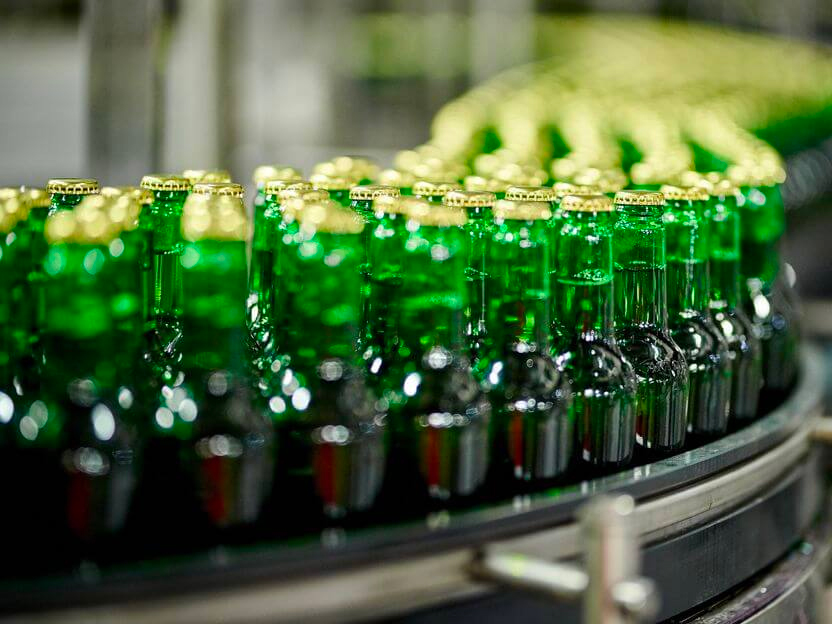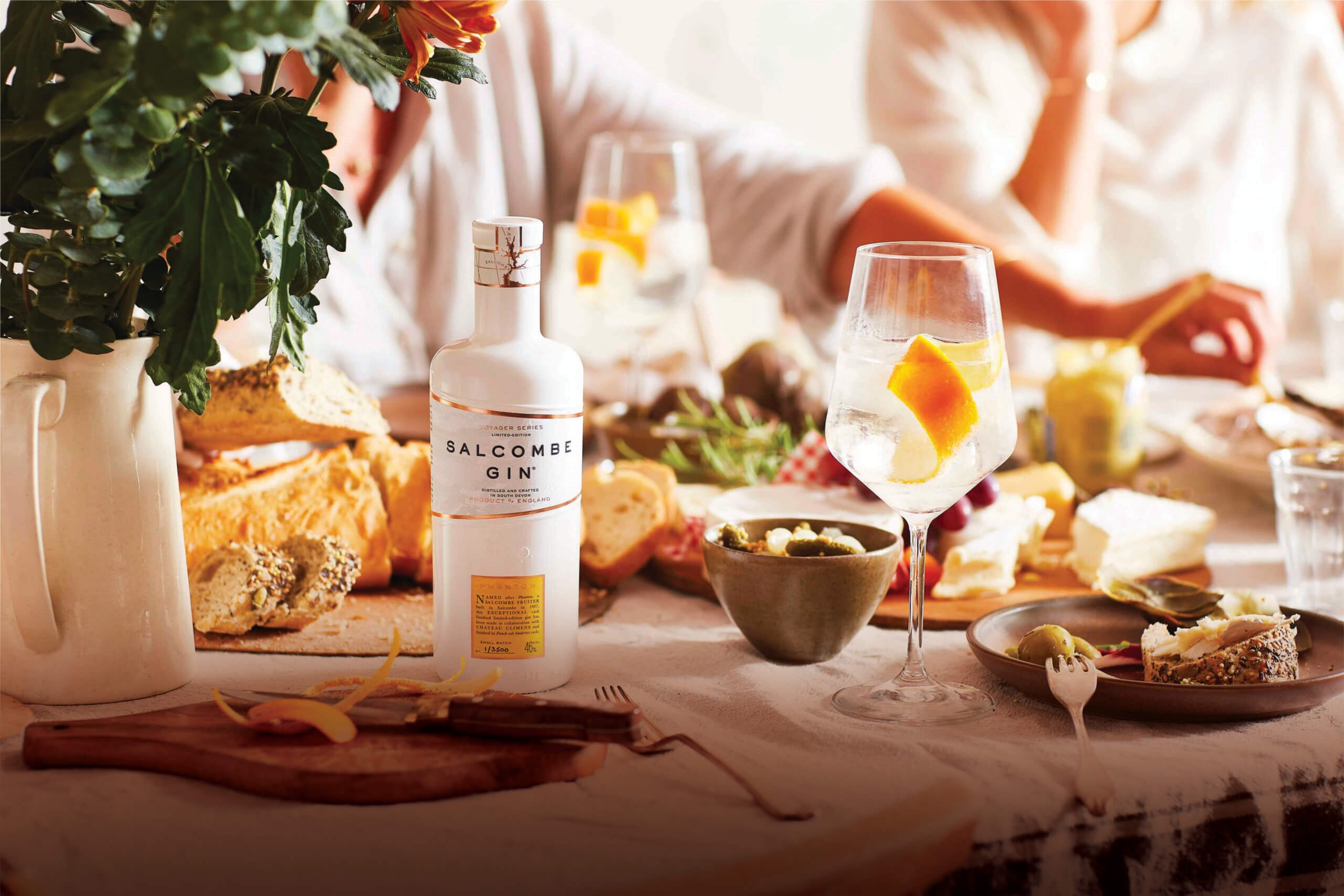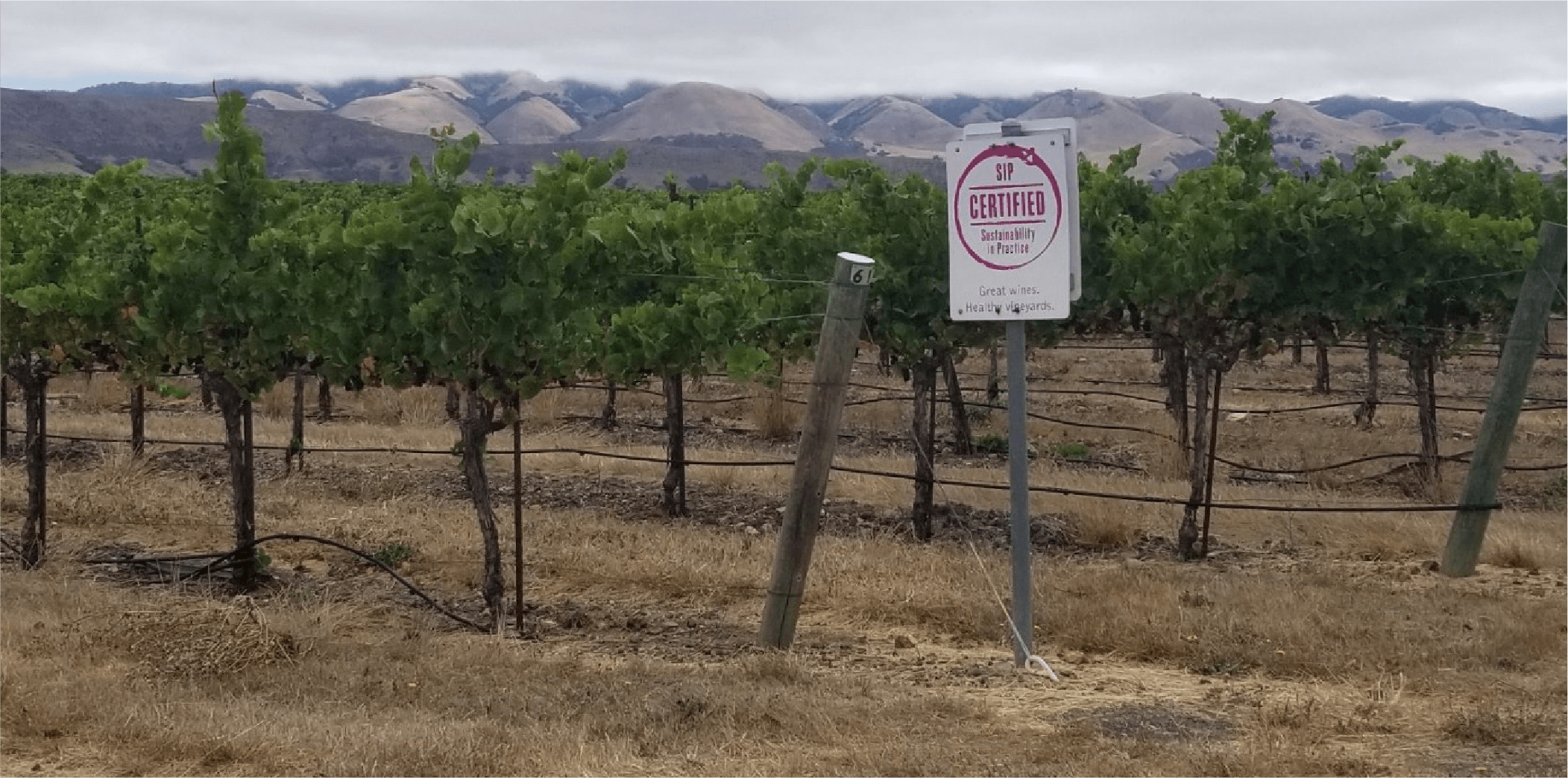Back to the future? How brands can capitalise on the returnable glass bottle opportunity
Returnable Glass Bottles (RGBs) were once the norm. However, from the second half of the 20th century, single-use plastic bottles and aluminium cans were considered to be more lightweight, resistant to breakage and therefore superior.
Triggered by sustainability concerns, returnable formats are having a resurgence.
In the UK, the ‘milkman model’ gained traction during the pandemic and is gradually expanding into other categories. TerraCycle’s Loop platform – currently available in the United States, United Kingdom, Japan and France – is working alongside major brands and retailers to enable a convenient, scalable and accessible reuse solution for consumer products. In France, the idea of a ‘consigne’ system (which allowed consumers to return empty bottles to retailers and was common in France until the 1970’s) has been recently reactivated by a group of ten French organisations, involving 700 producers and reusing 1.4 million bottles last year.
Major Drinks companies are committed to returnable packaging. Coca-Cola announced that by 2030 they would attempt to sell 25% of their beverages in returnable and refillable bottles, both of glass and PET. Coca-Cola pilot programmes are in place in countries such as France (where a new ‘universal’ 250ml returnable glass bottle was introduced in 2022 in restaurants, bars or cafes), USA and Sri Lanka.
Over a third of AB Inbev’s volume is already sold in returnable packaging and the company aims to identify further initiatives to “promote the recovery and reuse of packaging in its original form”. Projects such as Green Mining in Brazil or Nomo Waste in Colombia, create infrastructure and incentives for glass bottle collection, and to secure further income to waste collectors.
“According to French environmental agency Ademe, reusing glass bottles can reduce water use by 51%, energy use by 79% and the impact on global warming by 77%. ”
Why returnable and refillable bottles?
Circularity:
The appeal of the returnable model is undoubtedly the fact that it is truly circular and conserves limited resources. According to French environmental agency Ademe, reusing glass bottles can reduce water use by 51%, energy use by 79% and the impact on global warming by 77%. Some factors can enhance the environmental benefits of returnable and reusable packaging: using recycled content during bottle production; having as many reusability cycles as possible; recycling at the product end-stage; reducing impact from transportation (through lighter weight, logistics and type of transportation); and enabling increasing returnability through Deposit Return Schemes.
Consumer interest:
Consumers are gradually embracing circularity and reusability. According to a 2022 UK Deloitte/YouGov survey, 53% of survey respondents repaired or fixed an item instead of replacing with a brand-new equivalent, and 40% have bought second-hand or refurbished goods. A report recently released to mark World Refill Day, shows 53% of survey respondents said they were more likely to buy from a brand that offered products in prefilled returnable packaging, rising to 84% among those that had previously bought products in returnable packaging.
Compliance:
Countries will implement more stringent sustainability regulation, and packaging reusability is expected to become more prevalent. For example, France will see the implementation of a wider glass bottle return scheme by 2025, aiming at ensure a minimum reuse rate of 10% for glass packaging by 2027.
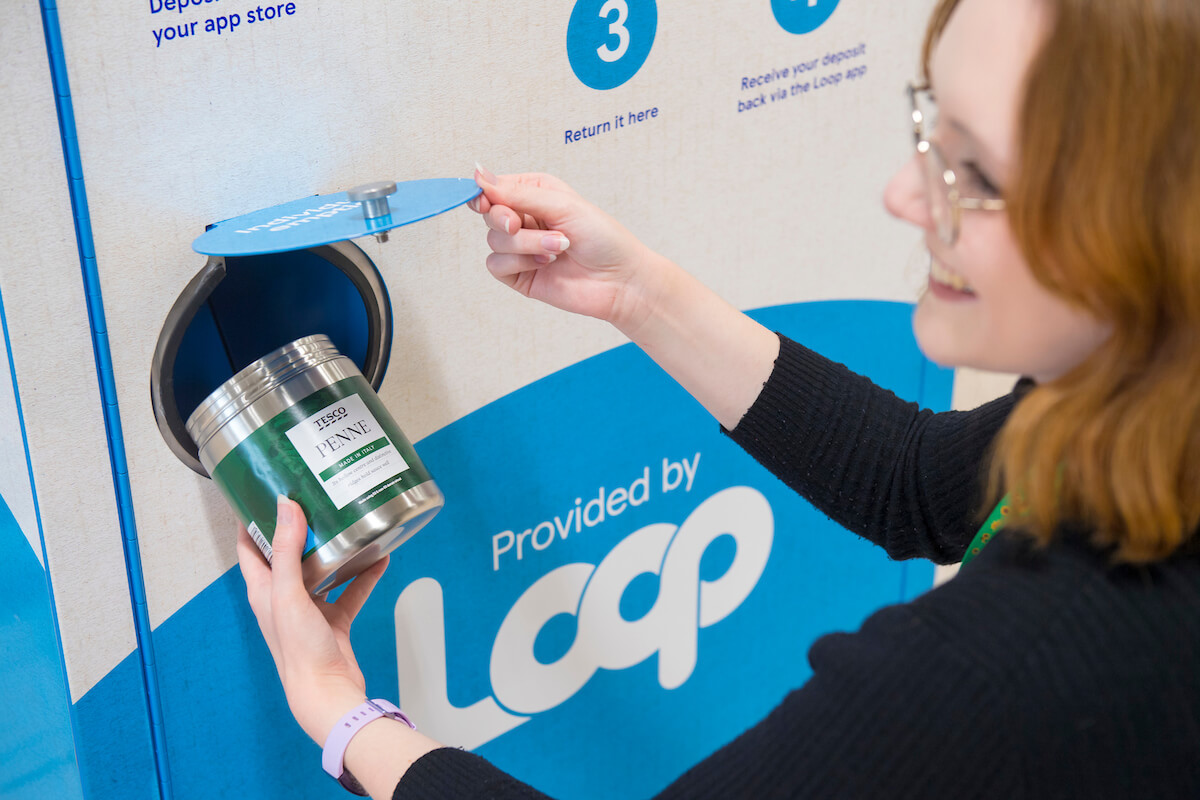
What are some of the challenges?
Infrastructure:
Setting up glass bottle collection schemes require strong commitment from governments, manufacturers, retailers and individuals. For manufacturers, ‘once-off’ CAPEX to set up and equip an RGB operation needs to address multiple steps such as receiving bottles, sorting, cleaning, filling and labelling. Building new reuse models initially adds cost into the supply chain (i.e. the investment in setting up new systems). But in the long term, reuse can prove more economically viable at scale, which will continue to improve as it becomes more mainstream.
Inconvenience:
Returning containers brings additional inconvenient steps to the consumer journey – in particular in traditional models where packaging is manually returned to retail recycling points or through reverse vending machines. The introduction of Deposit Return Schemes in markets such as the UK will help train individuals to keep and return containers. Digital collection schemes allow consumers for quicker returns through more flexibility, and by transferring the deposit to digital wallets. Furthermore, making returnable bottles less expensive than single-use can make the effort more appealing and less onerous to consumers. According to a recent survey, 50% of respondents said a discount would encourage them to make an initial purchase and to return packaging after use.
Damage Prevention:
In theory, each bottle can be used by anything from 20 to 50 times, until it reaches the point of breaking. The extension of the ‘bottle fleet’ involves damage prevention, in particular during transportation and cleaning, so that the bottles can remain in circulation for longer.
Packaging Design:
Reusable Glass Bottles weight cannot be too light (which impacts durability) nor too heavy (which impacts costs). Different bottle colours and shapes – which may be dictated by brands but also by regional appellations in the case of wines – can make supply management particularly challenging. ‘Universal bottles’ deployed across the portfolio (such as the PET bottles adopted by Coca-Cola in Latin America) allow for flexibility and more effective sorting. Labels fixed with a strong adhesive may be difficult to remove and remain on the glass throughout the cleaning and sorting – as a consequence, packaging can be misidentified, rejected and not be recycled.
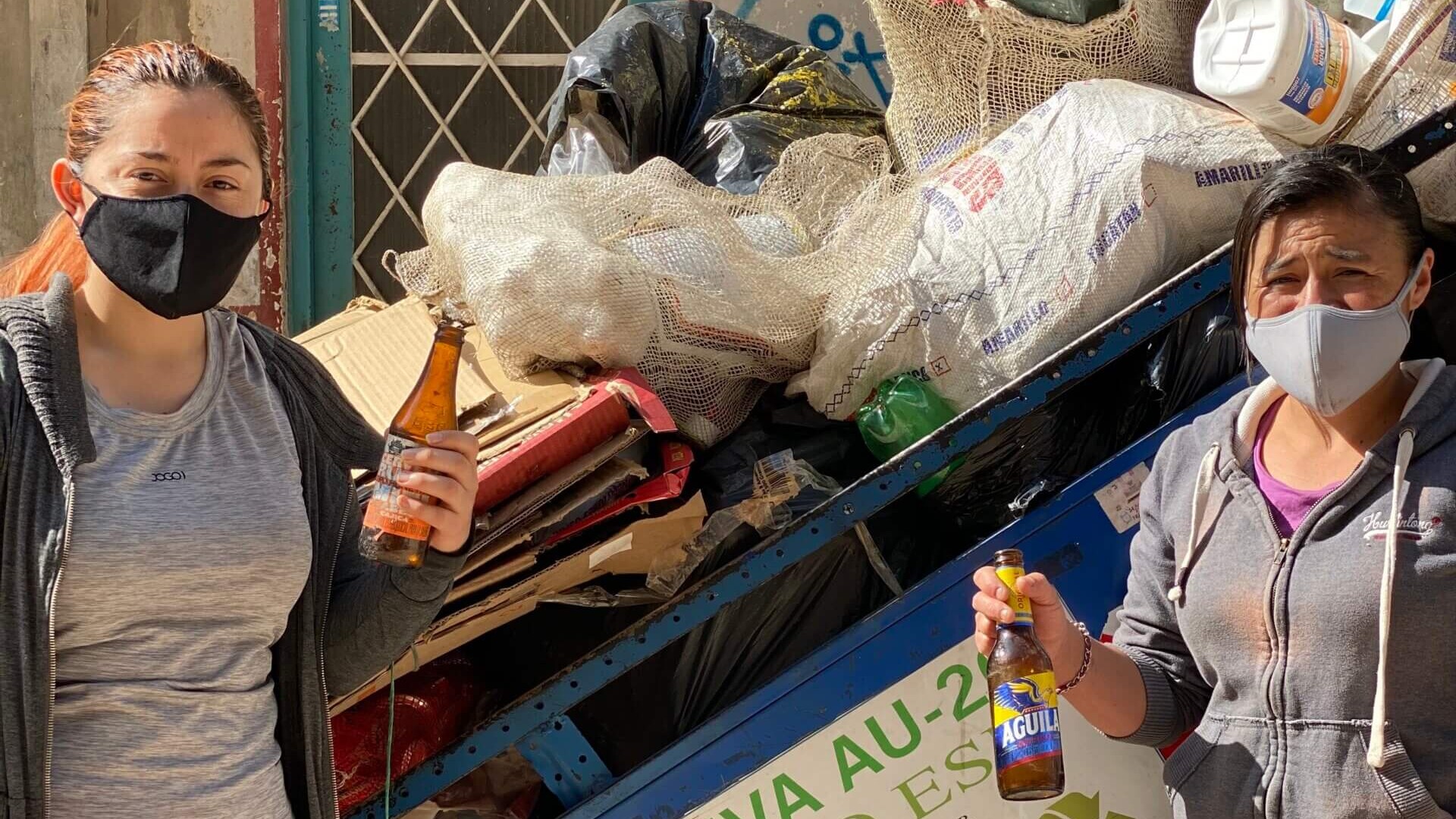
What are the opportunities for the brands?
Fit the sustainability story into the brand narrative. In the US, AB Inbev’s Michelob Ultra Pure Gold partnered with Conscious Container to incentivise bottle returnability. A QR code and app provided consumers with insight into how much packaging they were preventing from entering landfill and oceans through their choices.
Make returnable packaging more practical and exciting. Drink Works and the Corona team in Europe developed beautiful and ergonomic crates using maritime plastic waste, making returnability more attractive, reinforcing sustainability credentials and capitalising on the brand story.
Create awareness and educate consumers. Embrace the fact that the ‘scuff’ is the evidence of returnability and circularity. Ultimately, the more scuff the better.
Offer incentives through engagement and gamification. Use ‘fun’ tools such as Hellmann’s partnership with Nintendo’s Animal Crossing, which informed and inspired people to make the most of leftover food at Christmas and give back to those in need. Consider how consumers can better understand what returnable packaging entails, engaging and incentivising them to return bottles.
Promote the reduction of packaging complexity. When developing new packaging, consider the impact on reusability and a possible fit across different SKUs. Ensure bottle finishes and adhesive strength do not hinder their reuse.
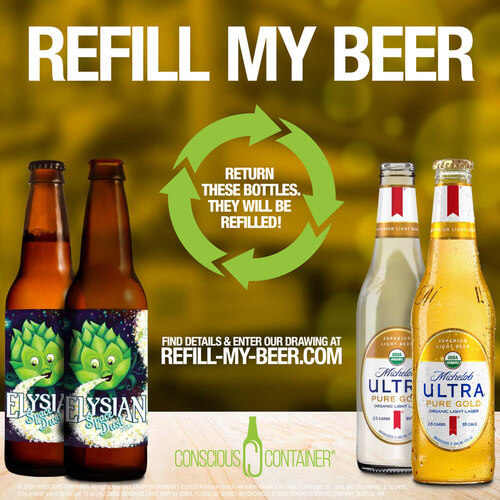
In Summary
It’s just a matter of time. Returnable/refillable bottle formats are circular, carbon efficient solutions, and are expected to become more prevalent over the next decade. Adopting such models are critical to move from being a ‘throwaway culture’ and kickstart a true circular economy.
Major efforts will be required from all stakeholders involved. Overtime, regulatory measures will be put in place and companies and consumers will need to comply.
Businesses who support, advocate and embrace it earlier on can be more closely associated with the model, capitalise on it and add true sustainability values to their brands.
https://www.coca-colacompany.com/reports/business-and-sustainability-report
https://www.ab-inbev.com/sustainability/circular-packaging/
https://www.foodpackagingforum.org/news/zwe-report-identifies-climate-benefits-of-reusable-packaging
https://www2.deloitte.com/uk/en/pages/consumer-business/articles/sustainable-consumer.html
https://www.foodpackagingforum.org/news/france-to-launch-glass-deposit-system
High Spirits: What can Wine learn from Whisky, Gin, Tequila and Aperitifs?
Wine has displayed undoubtful dynamism over the last few years. The growth of alternative formats such as bag-in-box and cans is an evidence of that. In Rosé, Whispering Angel and Miraval have become contemporary lifestyle brands and LVMH’s Château Galoupet has broken old paradigms, selling premium rosé wine in plastic packaging and brown recycled glass bottles.
However, the relationship between wine and Millennials / Gen Z has been a challenge for many years. The profile of wine drinkers has been ageing and, over the last decade, wine has lost market share to craft beers, hard seltzer and spirits.
Why? Well, younger LDA (Legal Drinking Age) consumers are more health-conscious and likely to choose lower ABV drinks, abstain from alcohol entirely, or drink across a wider range of categories than their parents. The perceived ‘non-diverse’ image of the wine industry also affected its appeal. Moreover, competition from cocktails on on-trade wine lists has intensified, reflecting new post-pandemic consumer interests. This is true across a number of markets in North America, Europe and Asia.
One of the advantages of our specialism here at Drink Works is the opportunity to look at different drinks categories, and understand what learnings are transferrable across them.
And one thing is unquestionable: the spirits industry has been extremely dynamic and offers plenty of valuable insights. Some of the innovations in Whisky or the recently transformed perception of Tequila would be inconceivable a decade ago.
What can wine borrow from spirits to enhance its appeal to adults under-40 (without alienating older drinkers)? Based on consumer insights and knowledge of both wine and spirits categories, we have put together some thought-starters for wine brands to consider:
Treat sustainability as a top priority, looking beyond the vineyard ecosystem. Expand the environmental benefits into the wider world: in spirits, Salcombe Gin is supporting meaningful initiatives that rewild the oceans and sequester carbon. Partner with alternative closed loop systems and embrace transparency and traceability. Consider solutions that reduce the environmental impact of transportation, exploring innovative product formulations such as concentrates. Make the act of refilling ritualistic and desirable. And once again, and very important: communicate what you are doing and why you are doing it!
Explore functionality. Wine (red in particular) has a ‘halo effect’ and has been traditionally praised for its antioxidant properties. The wine industry has been actively ‘taking away the negatives’: sulphites, alcohol, calories… How about exploring the addition of aromatic extracts with positive associations and/or functional properties instead? (Duly taking into account the regulatory constraints, of course). Look at the spirits business for inspiration and consider Botanicals or other ‘good food – good mood’ ingredients.
Define new ‘visual’ consumption rituals. Aperol’s distinctive bright orange ‘summer in the glass’ is one of the main reasons for its global success. Rosé has also benefitted from its photogenic appeal. Consider the power of Instagram and social media. Value the colour of your wine, consider specific glassware and develop new serving rituals. Could the addition of frozen grapes create a unique presentation for rosé or white wines, whilst chilling (and not diluting!) the drink?
Celebrate provenance. Remind consumers of where your brand comes from and transport them there, across multiple touchpoints. As Malfy Gin has taken ownership of the Amalfi coast, develop an identity, a colour, a ‘feeling’ to your wine brand that is ownable and all yours.
Or challenge provenance. Consumers are embracing new exotic origins, and whiskies now come from locations such as China or Mexico. New unexpected wine regions can bring unique product attributes that consumers will learn to love.
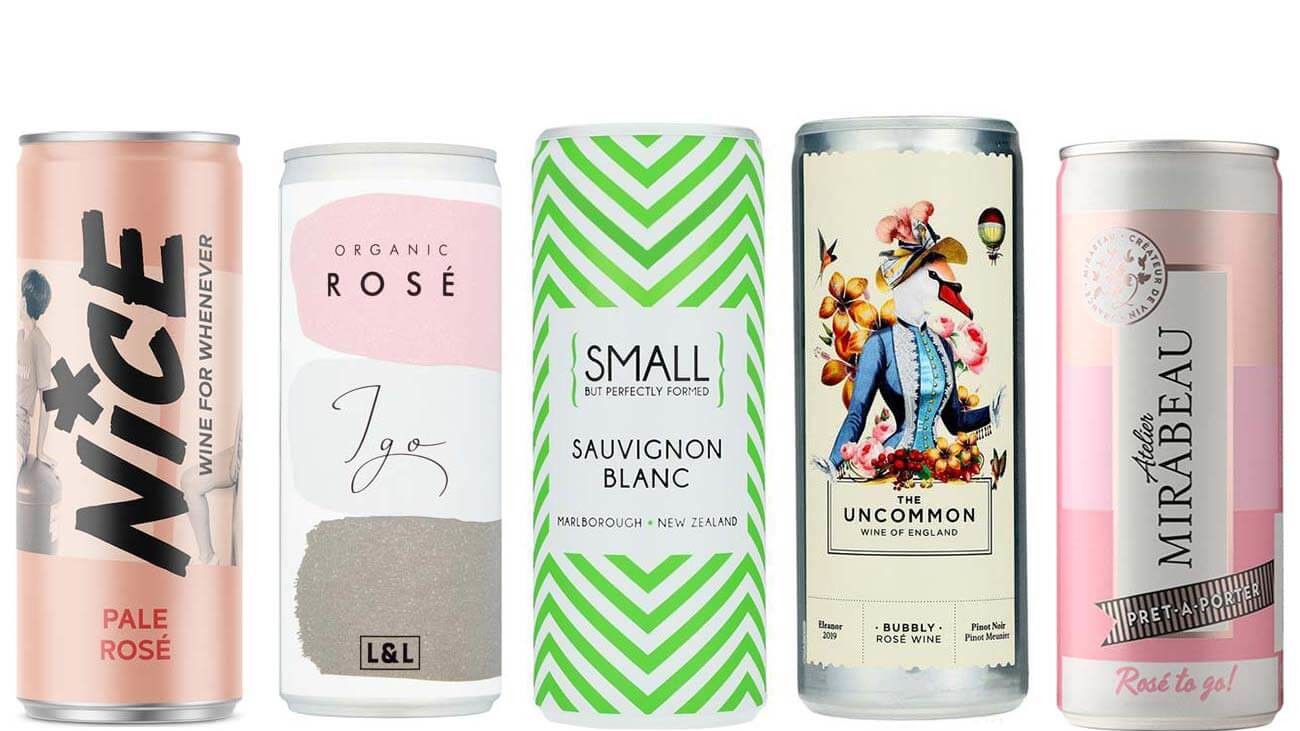
Add convenience to social occasions. The success of RTDs and wine in cans evidence the consumer interest in the convenience of single serves and ‘on-the-go’ drinks. Take convenience to the next level, into the social environment. Introduce mixed party packs for higher-margin brands, creating packaging that makes it easier to chill and serve wine. Collaborate with premium snacks to reinforce innovation and convenience, taking over consumption moments traditionally dominated by spirits.
Embrace lifestyle and culture. Spirits brands are renowned for their deep pockets, and therefore the ability to fund high-profile sponsorships, events and cultural activities. Wine brands can work with tighter budgets by ‘splitting the bill’ and partnering with relevant brands outside of the category, to bring exciting collaborations or develop interesting serving accessories.
If you can’t beat them… Consider extending into adjacent spirits categories that maximise your brand potential and cater to the palate of your consumer base. Gin has been the default extension for rosé wine, hard seltzer has been targeted by lower-priced wine brands… Explore opportunities to use winemaking leftovers to produce gin, grappa, aguardiente: besides adding novelty, this will reinforce your sustainability credentials.
“The profile of wine drinkers has been ageing and, over the last decade, wine has lost market share to craft beers, hard seltzer and spirits”
Tighter margins should not prevent wine brands from learning from spirits and innovating. Well, thought-through strategy and effective execution can help overcome budget constraints (and potential internal resistance in more traditional organisations), and lead to successful commercial results.
All of that said, a small percentage of wine brands should remain ‘precious’ about their brand, and be cautious about more radical moves. But the vast majority can (and should!) innovate – and look for cost-effective strategies that will increase their appeal towards younger LDA consumer groups, paving the way for further long-term growth.
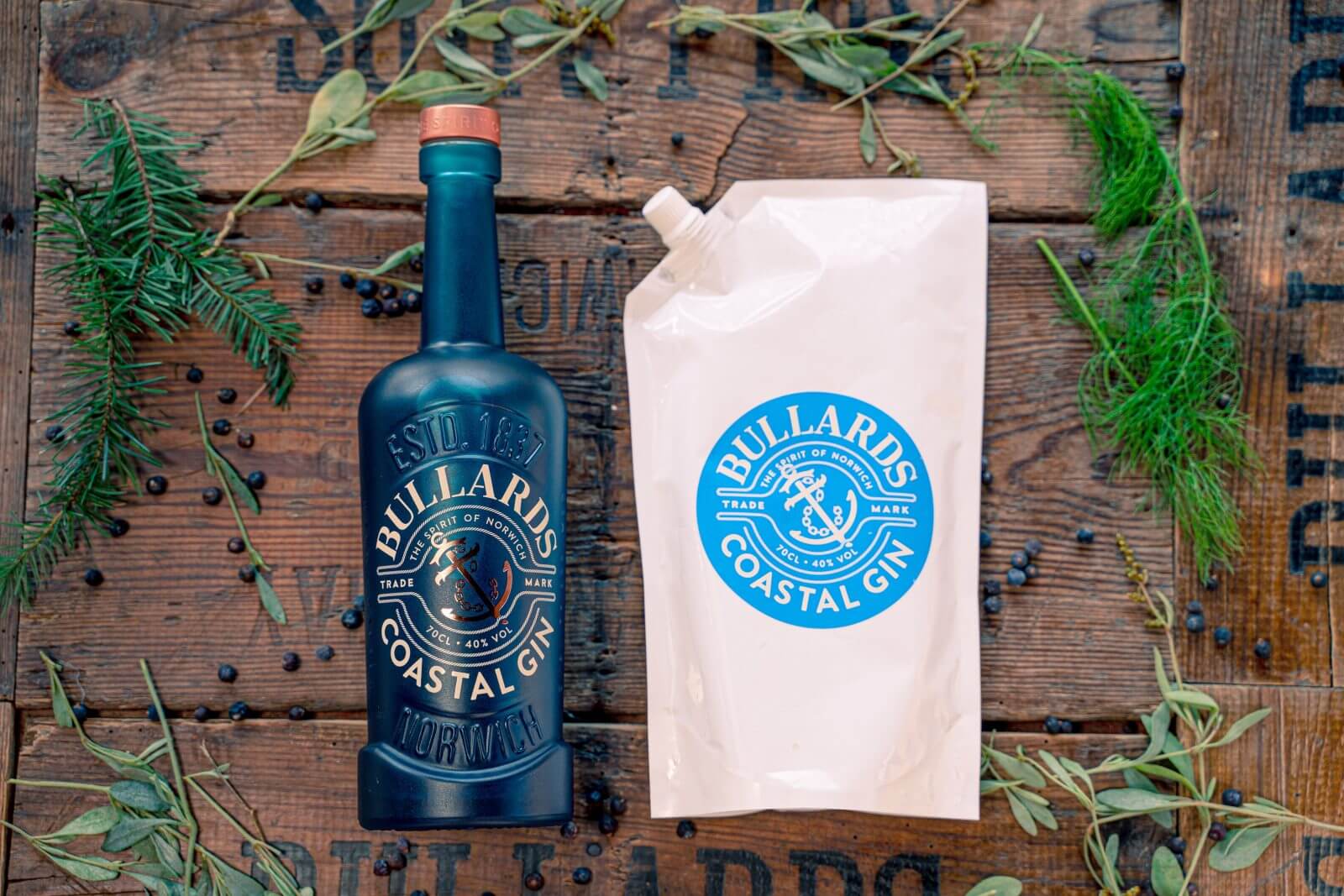
https://www.nytimes.com/2022/02/07/dining/drinks/wine-millennials.html
https://www.theiwsr.com/fewer-new-wine-drinkers-enter-the-wine-market-in-the-us-and-china/
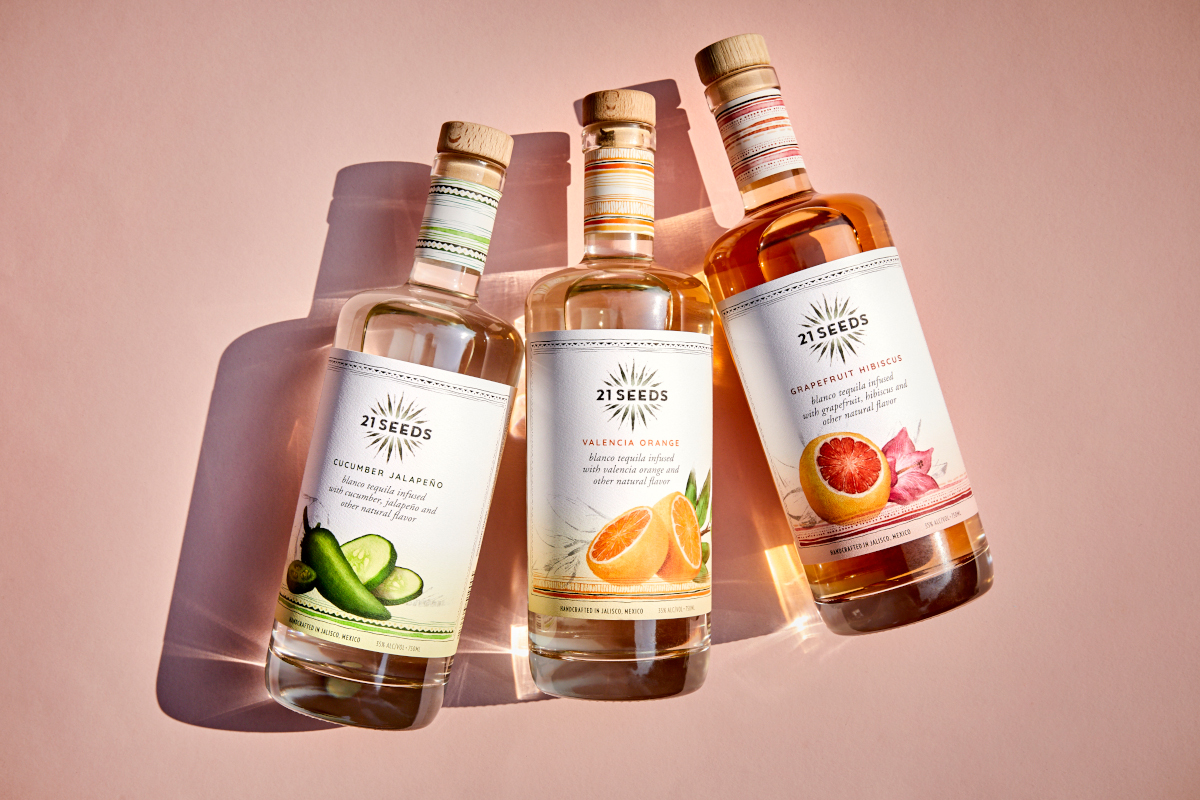
Wine And The Road Towards Sustainability
The last few years have seen a significant change in consumer attitude towards sustainability, further intensified through the pandemic. This change in mindset applies to most categories – therefore, not surprisingly, also to wines. According to a recent US survey, 90% of consumers would be willing to pay more for sustainably produced wine [1]. However, despite their willingness, most wine drinkers are actually quite confused.
As a matter of fact, the environmental impact of producing wine is larger than most consumers expect. Vineyards damage ecosystems, carbon footprint of global winemaking is excessive, and over six gallons of water are required to produce a single gallon of wine [2].
But sadly (and ironically) wine is also severely impacted by climate change. Growers in northern Italy have seen sunburnt crops with increasing frequency, whilst devastating spring frosts affected up to 80% of French vineyards earlier this year.
Nevertheless, as other industries are making headway toward sustainability, so can wine.
What are the hurdles towards the delivery of sustainability in wine – and what can be done to offer consumers a more sustainable proposition?
Starting with some of the challenges:
There’s no common definition of sustainability within the industry
Wines can be organic, biodynamic, fairtrade, natural…. Regulations and certification schemes abound, both at regional and national levels. But most claims focus on the production process, whereas sustainability should be manifested in every step of the winemaking process – from water and energy conservation to reduction in carbon emissions, sustainable packaging and social responsibility around communities. Many wineries are looking into becoming ‘Certified B Corp’, which is encouraging as it addresses the social and environmental impact into every aspect of the business.
The ‘Appellation’ systems add rigidity
Albeit conducive to higher consistency and quality standards, the constraints imposed by the different ‘appellations’ prevent wine makers from establishing more sustainable practices such as bulk transportation or growing grape varieties that may be better adapted to climate change.
Glass bottles are the elephant in the room
The glass bottle alone makes up half of the wine’s overall carbon footprint. The amount of energy needed for the production of a virgin glass bottle is extremely high, representing over half a kilo of carbon emissions per bottle [3]. Although glass can be infinitely recycled, the process also requires high energy levels. Moreover, in markets such as the US only a third of waste glass gets recycled [4].
Transportation is a challenge and further contributes to carbon footprint
Provenance is critical and as a consequence wine moves around the globe. Wine transported in bulk (and bottled closer to destination) takes one third of the space occupied by the same bottled volume. Although the amount of bulk wine carried has more than doubled over the last 10 years, with 45% of all still wine imported by the UK arriving in bulk [5], this practice is not yet fully normalised across the world.
Return schemes require significant consumer behaviour change
Bottle deposit schemes are increasingly popular in other drink categories such as soft drinks and beer. In wine, returnable glass bottle schemes are growing but are still limited to a small number of retailers. Consumers are yet to adopt the practice, make the extra effort and get used to consuming wine within a few days only, as refilled bottled wines have a shorter shelf life.
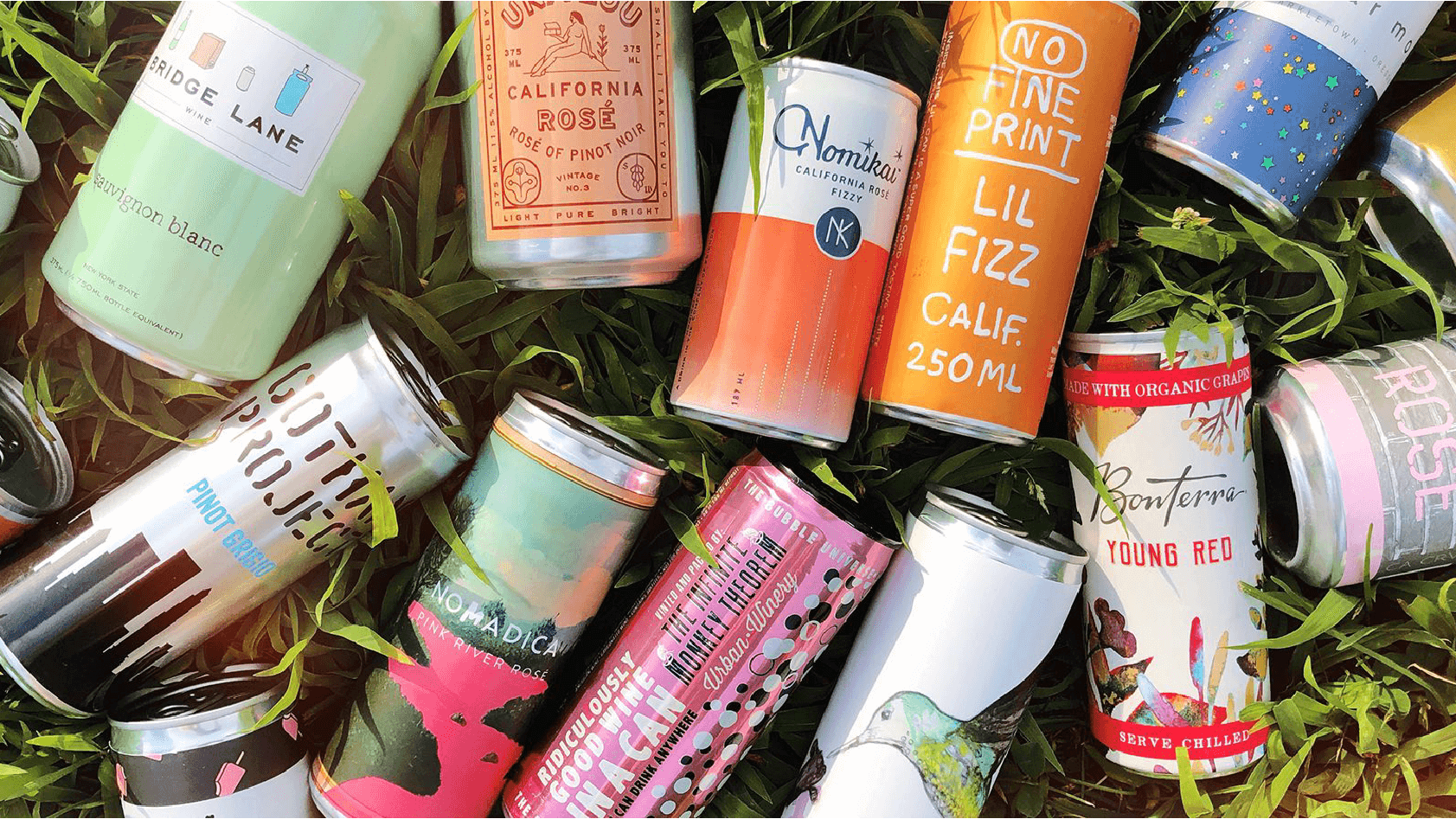
The evolving role of sustainability and the opportunities it brings
Undoubtedly, the role of sustainability has dramatically changed. Sustainability has been escalated from an opportunity to a real consumer requirement and compliance need. The UK government has committed to cut emissions by 78% by 2035, and all businesses – including vineyards, winemakers, logistics and retailer practices – will need to adopt new practices to comply. There will be very limited room for ‘greenwashing’: stakeholders will expect effective, clearer and more consistent information coming from all industry players.
“Sustainability has been escalated - from an opportunity to a real consumer requirement and compliance need”
What are some of the opportunities for wine?
PURSUE LIGHTWEIGHT GLASS – Technology is enabling the production of lightweight yet highly resistant types of glass. Because heavy bottles are generally associated with higher quality wines, communicating the benefits of lighter glass will be critical for their acceptance and adoption.
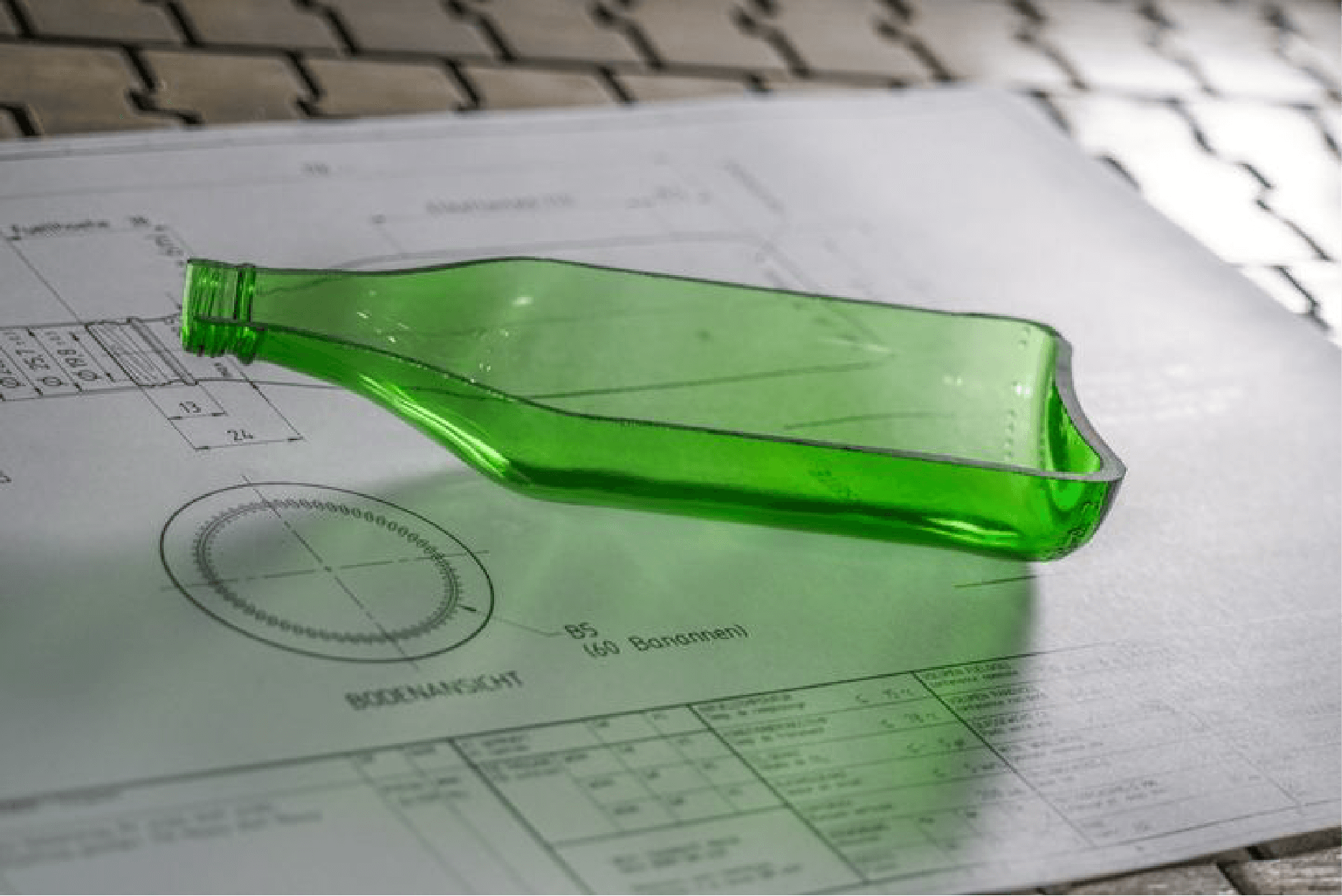
DELIVER CLARITY – Simplify the message: consumers need to be clearer about the proposition. Learn from NZSW (Sustainable Winegrowing New Zealand) one of the first sustainability programmes to be established in the international wine industry in 1995, which successfully created standards and a language consumers understand.
BENCHMARK OTHER INDUSTRIES – Understand how players such as Coca-Cola and AB Inbev have made headway in Returnable Glass Bottles, and apply the relevant learnings for wine.
EXPLORE D2C – Consider the benefits of selling directly to consumers, which has become more prevalent since the start of the pandemic (see link to DW recent article on D2C here). Despite the logistics challenges posed, D2C also constitutes an opportunity to control more steps of the process and ensure the products are reaching consumers through sustainable means.
BE FOCUSED – BUT NOT BLINKERED! – Don’t get too obsessed with one single idea. Dig deeper than initial consumer perception and explore multiple methods that can lead to improved sustainability across the supply chain. Sustainability will be an ever advancing journey, not a one stop, off the shelf solution.
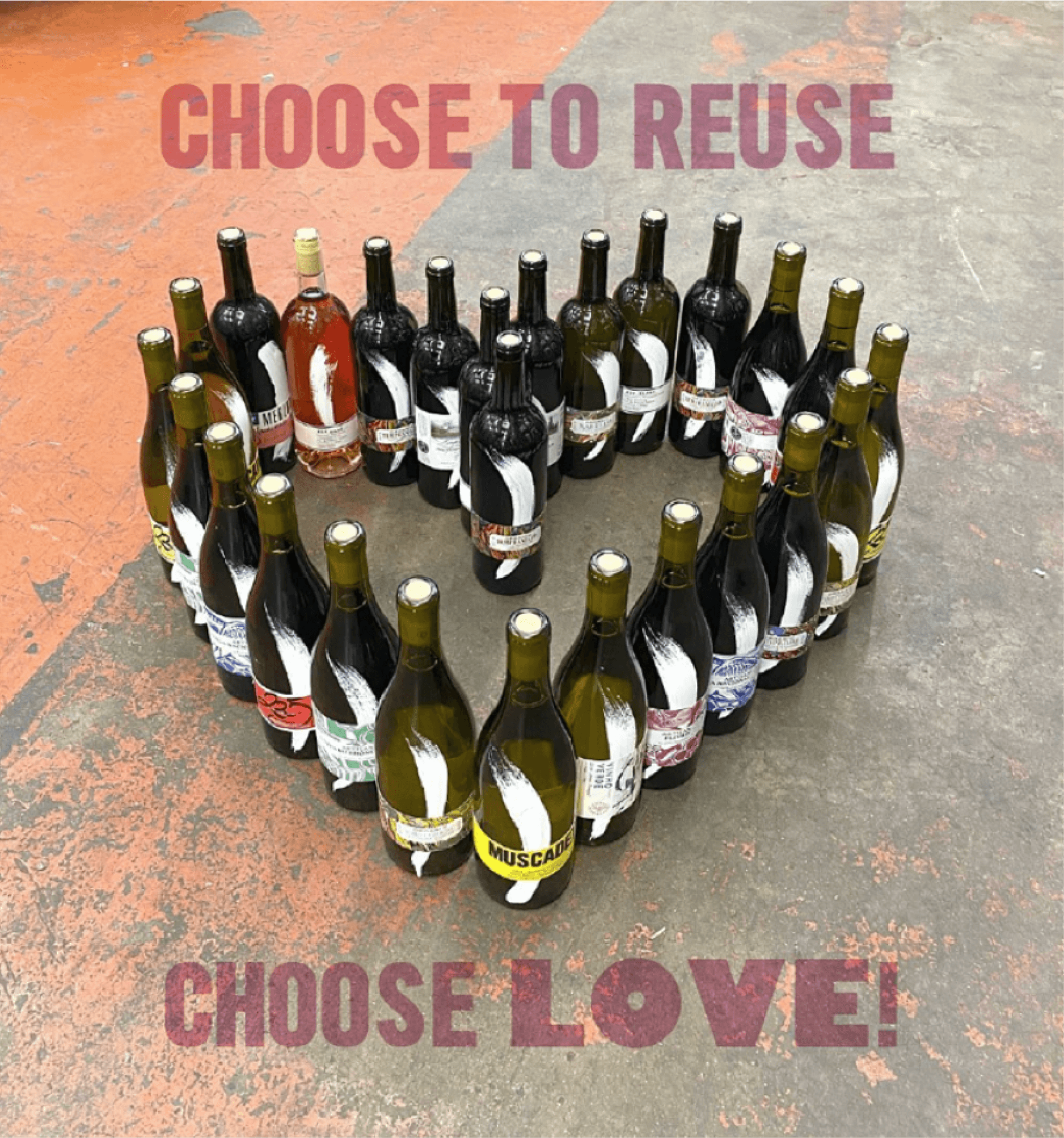
Further considerations
Wine drinking is highly ritualistic and changes will require industry intent and consumer education.
Although adoption of recent innovations, such as wine drinking in cans, demonstrates consumer flexibility, occasions must be taken into account for the success of new practices. Consumers will be more willing to make efforts and compromise on a £10 bottle of everyday quality wine (which ultimately make a significant part of the industry volumes) than on a £100 bottle of a grand cru.
For more premium ‘special occasion’ wines, sustainable innovation needs to be well inserted in craft and incorporated into the brand story. Rather than a challenge, this can be a major opportunity for traditional brands to boost their relevance with younger adult consumers.
1 Forbes, Survey Of Wine Consumers Says Sustainability Takes
Precedence Over Organic, 2019
2 Ecowatch.com, Sustainable Wine Is Less Damaging to the Environment,
But How Can You Spot It?, 2020
3 Wine and Spirit Trade Association, 2021
4 Glass Packaging Institute, 2019
5 FT, Why it’s time to cut back on glass wine bottles, 2020
